Der antisemitisch-antifreimaurerische Verschwörungsmythos in der Weimarer Republik und im NS-Staat
Traces the antecedents of the conspiracy theory, noting that early versions related to Masons or Jews separately but later these were commonly seen as colluding. Surveys the publications and organizations which propagated the theory in Weimar Germany. Describes Nazi persecution of Jews and Masons after 1933 and the central place of the conspiracy theory in Nazi ideology and propaganda; the latter was directed mainly against the Masons, but these were said to be controlled by world Jewry. Surveys Nazi literature on the theme. Shows how the theory functioned as an explanation of World War II and justification for the Holocaust. Analyzes the interplay of psychological and social mechanisms, activated by political agitation, to which the myth owed its power. Includes bibliographical references (pages 151-167). 167 pages ; 23 cm.
- Pfahl-Traughber, Armin.
- NIOD Bibliotheek
- Text
- ocm30339164
- Germany--Ethnic relations.
- Germany--Civilization--Jewish influences.
- Germany--Politics and government--1918-1933.
- Germany--Politics and government--1933-1945.
- Antisemitism--Germany.
- Freemasons. Germany.
Bij bronnen vindt u soms teksten met termen die we tegenwoordig niet meer zouden gebruiken, omdat ze als kwetsend of uitsluitend worden ervaren.Lees meer



